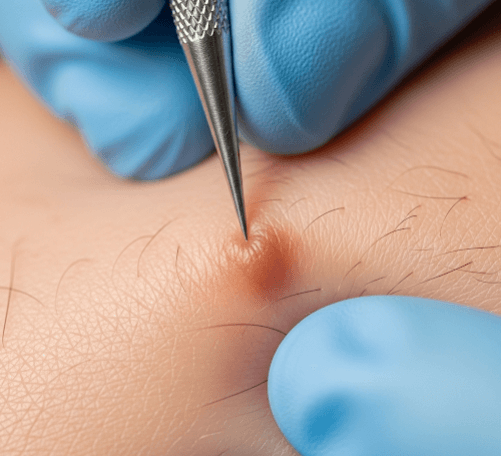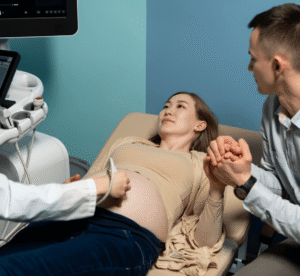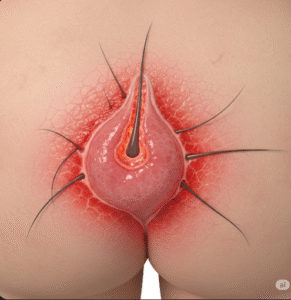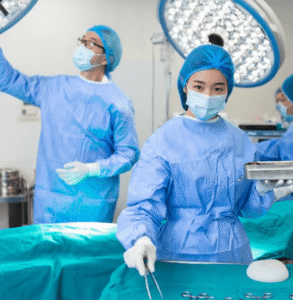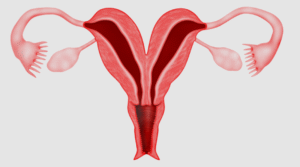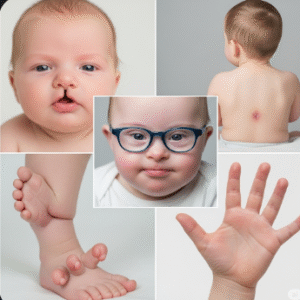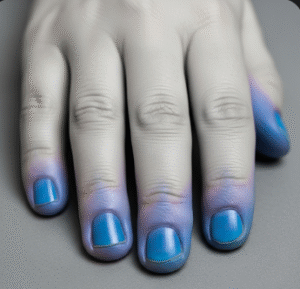What it is
A dermatofibroma is a benign skin nodule that feels firm and is usually brown, reddish, or skin-colored. It often appears on the legs, arms, or shoulders and is more common in women.
Key features include:
- Firm, dome-shaped bump (3–10 mm)
- Dimple sign (when pinched, the center dips inward)
- Usually harmless but sometimes itchy or tender
While dermatofibromas are not cancerous, many patients seek removal for cosmetic reasons or due to irritation from clothing or shaving.
💡 In Korea, dermatofibroma removal is handled in dermatology or minor surgery clinics, where the focus is on complete removal with minimal scarring.
Why it’s done
Patients choose dermatofibroma removal for:
✔ Cosmetic improvement → Especially when lesion is on visible areas (arms, legs)
✔ Relief of discomfort → If lesion is itchy, tender, or frequently irritated
✔ Rule out malignancy → Rarely, dermatofibromas may resemble melanomas or sarcomas
✔ Smooth skin texture → In line with K-beauty standards of even-toned, clear skin
Alternatives
If removal is not chosen, alternatives include:
➡️ Observation – Safe since dermatofibromas are benign and stable.
➡️ Cryotherapy (freezing) – May flatten but not fully remove; risk of pigmentation.
➡️ Laser therapy (CO₂ or Er:YAG) – Improves appearance but may not remove deep tissue.
➡️ Steroid injections – May soften lesion but not eliminate it.
⚠️ Complete surgical excision is the only permanent solution, though it carries some scar risk.
Preparation
Before dermatofibroma removal in Korea:
- 🔹 Dermatology consultation → Doctor confirms diagnosis, sometimes with dermatoscopy.
- 🔹 Biopsy (if needed) → To rule out malignant lesions in atypical cases.
- 🔹 Medical history review → Allergies, healing tendencies, or keloid risk checked.
- 🔹 Pre-care → Keep area clean, avoid tanning or irritating products before procedure.
How it’s Done
Korean clinics offer several methods depending on lesion size, depth, and location:
1. Surgical Excision (Most Common)
- Local anesthesia applied.
- Entire nodule and surrounding capsule excised.
- Wound closed with fine sutures for minimal scarring.
- Tissue sent for pathology (if needed).
2. Shave Excision + Laser Finishing
- Top of lesion shaved flat.
- Laser used to smooth and blend skin.
- Good for cosmetic zones but higher recurrence risk.
3. CO₂ or Er:YAG Laser
- Vaporizes upper layers of the lesion.
- Often chosen for small, superficial dermatofibromas.
⏳ Duration: 20–40 minutes
📅 Sessions: One for excision; 1–2 for laser approaches
Recovery
Recovery depends on the method:
➡️ Surgical excision → 1–2 weeks for stitches to heal; scar fades over months.
➡️ Laser/shave excision → Redness and scabbing for 1–2 weeks, with faster return to normal skin tone.
Post-care in Korea often includes:
- Scar-prevention ointments or silicone gels
- Hydrocolloid patches for faster wound healing
- LED light therapy or cooling masks
- Sun protection to avoid hyperpigmentation
Complications
Dermatofibroma removal is safe, but potential risks include:
⚠ Possible side effects:
- Scarring (more likely with surgical excision)
- Pigmentation changes (darkening or lightening of skin)
- Recurrence (if lesion not fully removed)
- Rare infection if aftercare is neglected
Korean clinics minimize risks with fine surgical techniques, layered suturing, and scar-prevention protocols.
Treatment Options in Korea
Korea specializes in dermatological procedures that prioritize aesthetic outcomes.
🇰🇷 Popular Korean Approaches:
- Surgical excision with fine sutures → Permanent removal with neat closure
- Shave excision + CO₂ laser finishing → For visible areas where scar reduction is key
- Laser vaporization for small lesions → Quick recovery, minimal downtime
- K-beauty recovery care → Scar gels, brightening creams, and soothing masks
✅ Final Thoughts
Dermatofibroma removal in Korea is a safe and effective way to eliminate these benign nodules while maintaining cosmetic appeal. With options like surgical excision, laser therapy, and combined treatments, Korean dermatologists tailor care to each patient’s needs.
By blending medical precision with K-beauty recovery care, Korea ensures that patients achieve clearer, smoother skin with minimal scarring.

